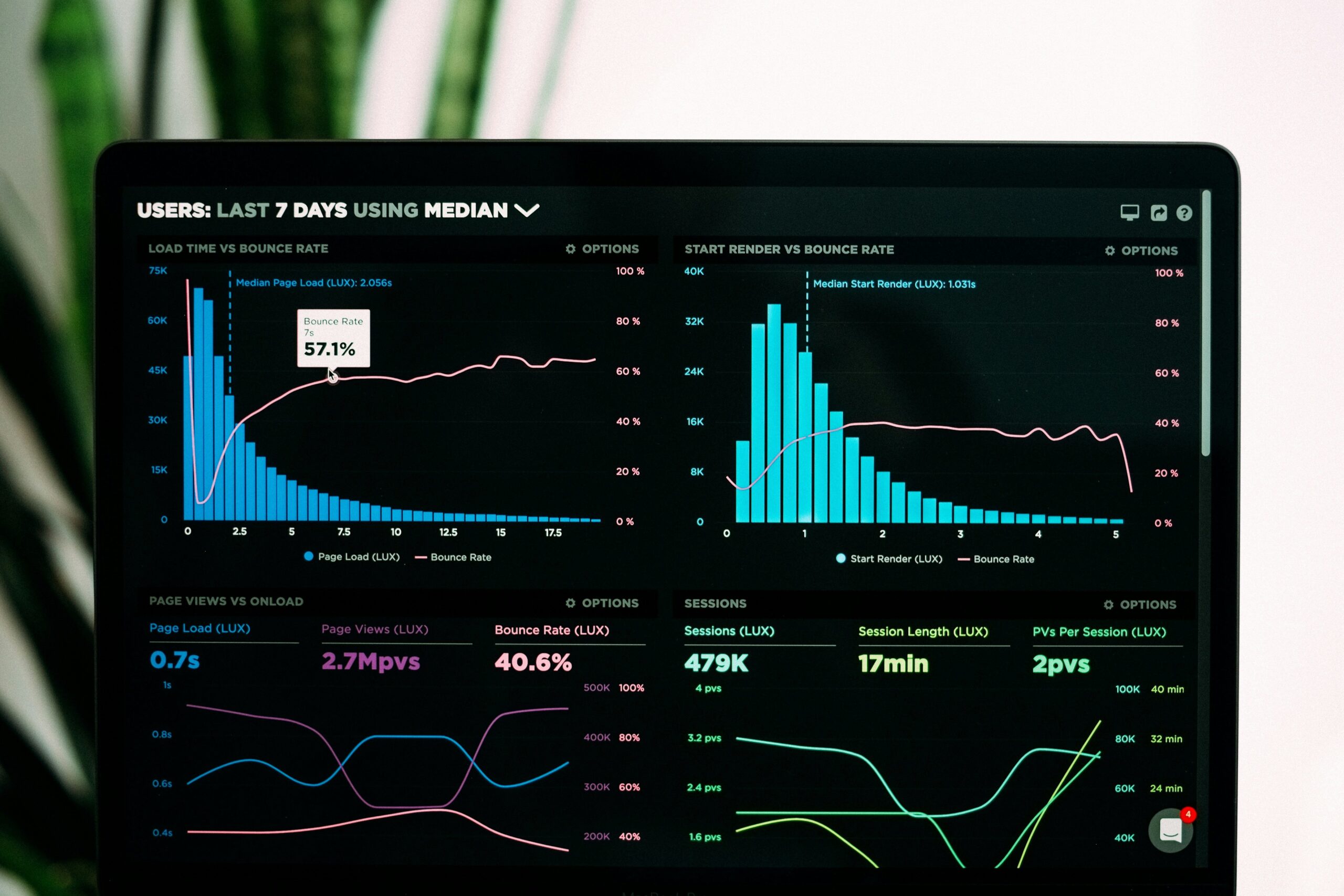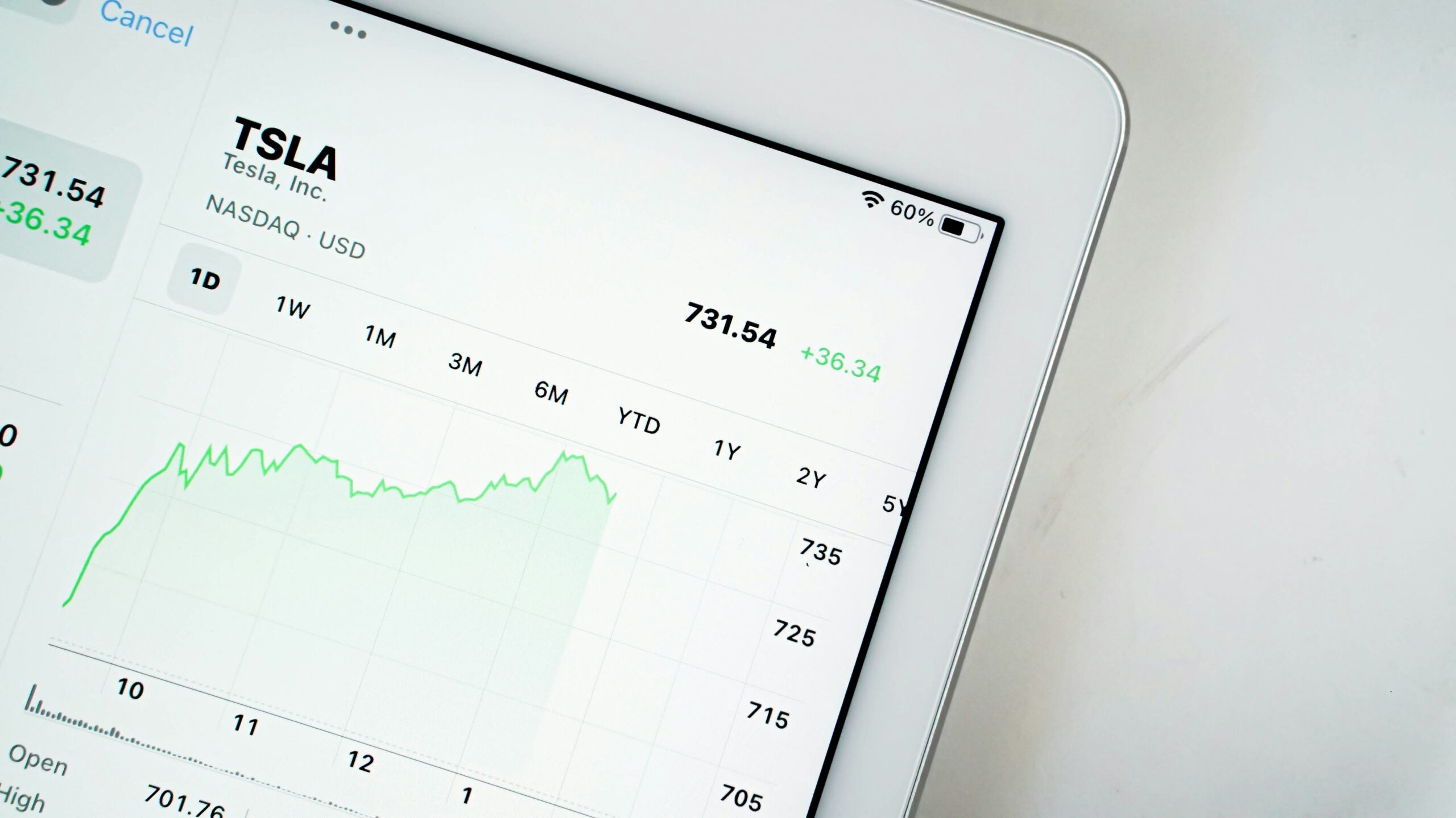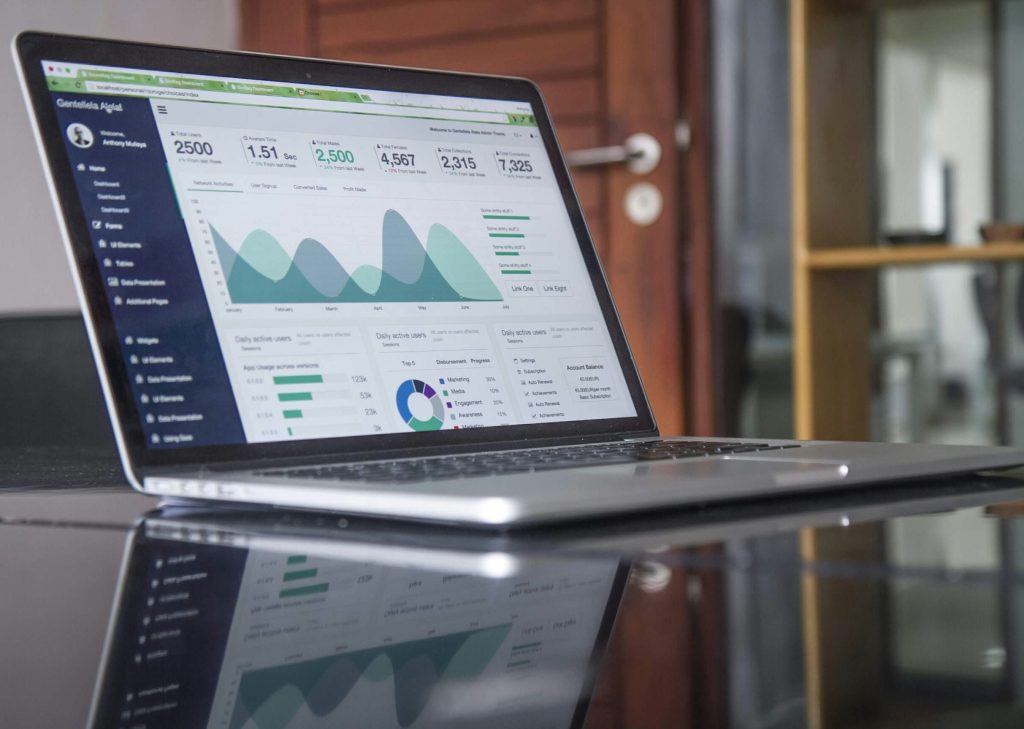“Ever tried juggling three consulting courses while keeping track of your finances? Spoiler alert: It ends in chaos.” If you’ve been there, this guide is for YOU. Let’s talk business monitoring, the secret sauce to running profitable consulting ventures without losing sleep (or profits).
In this article, we’ll explore why business monitoring matters, tools that make it effortless, and how combining them with financial apps can supercharge your consulting career. By the end, you’ll have actionable insights into optimizing workflows while staying ahead of trends.
You’ll learn:
- Why monitoring is crucial for modern consultants.
- The top financial tools for course creators.
- Strategies to blend business monitoring with personal finance management.
- A real-life example of success through smart tracking.
Table of Contents
- The Problem With Ignoring Business Monitoring
- Step-by-Step Guide to Master Business Monitoring
- Top Tips for Using Financial Tools Effectively
- Case Study: How Monica Turned Monitoring Into Growth
- FAQs About Business Monitoring for Consultants
Key Takeaways
- Proper business monitoring helps identify inefficiencies before they spiral out of control.
- Leveraging financial apps ensures transparency across income streams from consulting gigs.
- Incorporating automation saves hours weekly, allowing more focus on client relationships.
The Problem With Ignoring Business Monitoring
Here’s a confession no one asked for but needs to hear: I once lost $500 because my consulting invoices weren’t synced with my accounting app. Yep, $500 evaporated—just like that awkward coworker at holiday parties.
Sounds familiar? Many course creators struggle to keep their businesses under control due to poor visibility over cash flow and performance metrics. Without monitoring, you’re essentially flying blindfolded in a storm.
This where having robust business monitoring practices comes into play. Imagine being able to spot dips in revenue instantly, forecast future earnings accurately, or even automate tedious admin tasks. Sounds chef’s kiss, right?
Optimist You: “I’ll just work harder!”
Grumpy You: “Ugh, fine—but only if coffee’s involved.”

Step-by-Step Guide to Master Business Monitoring
Alright, let’s roll up our sleeves and get practical. Here’s your foolproof roadmap to mastering business monitoring.
Step 1: Choose the Right Tools
Pick software designed specifically for small business owners—or better yet, solo entrepreneurs. Popular options include QuickBooks, FreshBooks, and Wave. These platforms offer seamless integrations with payment processors and tax calculators.
Step 2: Set Up Automated Alerts
No one likes surprises when it comes to money. Use automated notifications to stay updated on late payments, unusual expenses, or subscription renewals. Trust me; your inner accountant will thank you later.
Step 3: Track Time and Resources
If time = money, then wasted time = flushed dollars down the drain. Apps like Toggl or Harvest help monitor billable hours so you never undersell yourself again.
Step 4: Visualize Data Regularly
Numbers are boring unless presented visually. Create monthly dashboards using Google Data Studio or Tableau to see patterns and pivot quickly if needed.

Top Tips for Using Financial Tools Effectively
- Sync Everything: Make sure all tools integrate seamlessly. Redundant manual entry kills productivity faster than bad Wi-Fi.
- Review Weekly: Spend 30 minutes every Friday reviewing your reports. Prevention beats cure every single time.
- Outsource When Needed: Hate bookkeeping? Hire a virtual assistant trained in managing financial apps.
RANT ALERT: Why do some people still use Excel spreadsheets as if it’s 2004?! Wake up, folks—it’s 2023, and cloud-based solutions exist for a reason.
Case Study: How Monica Turned Monitoring Into Growth
Meet Monica, a life coach turned online educator who scaled her side hustle into a full-time gig within six months—all thanks to business monitoring. She started using Notion templates to organize her teaching materials alongside FreshBooks for invoicing. The combination allowed her to double her prices confidently after noticing an increase in repeat clients.

FAQs About Business Monitoring for Consultants
What exactly does ‘business monitoring’ mean?
Business monitoring refers to tracking key aspects of your operation, such as sales performance, expense trends, and resource allocation, to ensure sustainability and profitability.
Do I need expensive software?
Not necessarily. Free tools like Google Sheets combined with bank-provided budgeting apps often suffice for beginners.
How much time should I dedicate to monitoring?
Start with 1 hour per week. Adjust based on complexity as your business grows.
Is automating everything risky?
Nope! Just ensure regular checks (like those invoice alerts) to catch any tech glitches early.
Can I skip this altogether?
(Disaster Disclaimer): Technically yes, but don’t say I didn’t warn you when things go south… fast.
Conclusion
To sum up, implementing effective business monitoring strategies doesn’t just protect against financial meltdowns—it actively fuels growth. Whether you’re launching consulting courses or scaling existing ones, these practices empower smarter decision-making.
Remember: Your journey toward peak efficiency starts today. So fire up those tools, plug in the data, and watch the magic unfold. Oh, and hey—a little grumbling goes a long way!
Like a Tamagotchi, your SEO strategy needs daily attention. Keep feeding it fresh content ideas!


